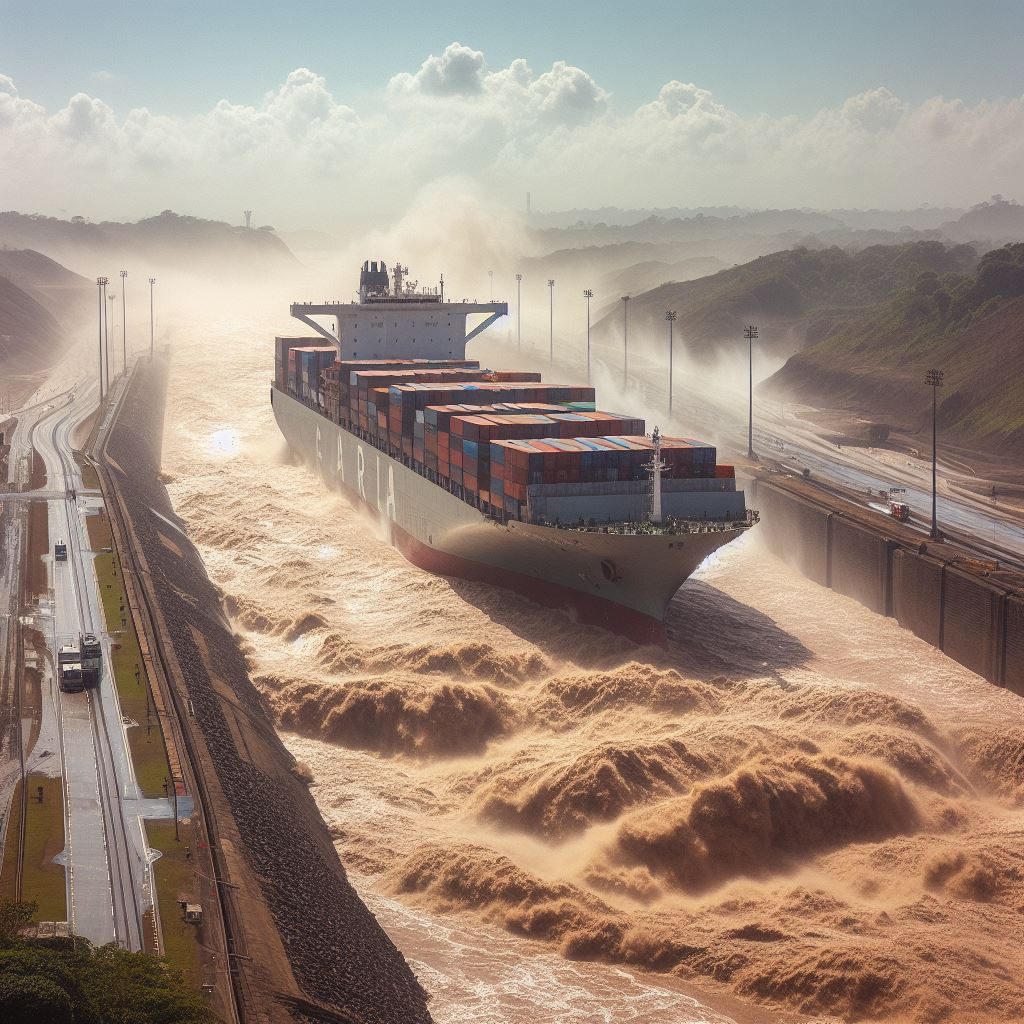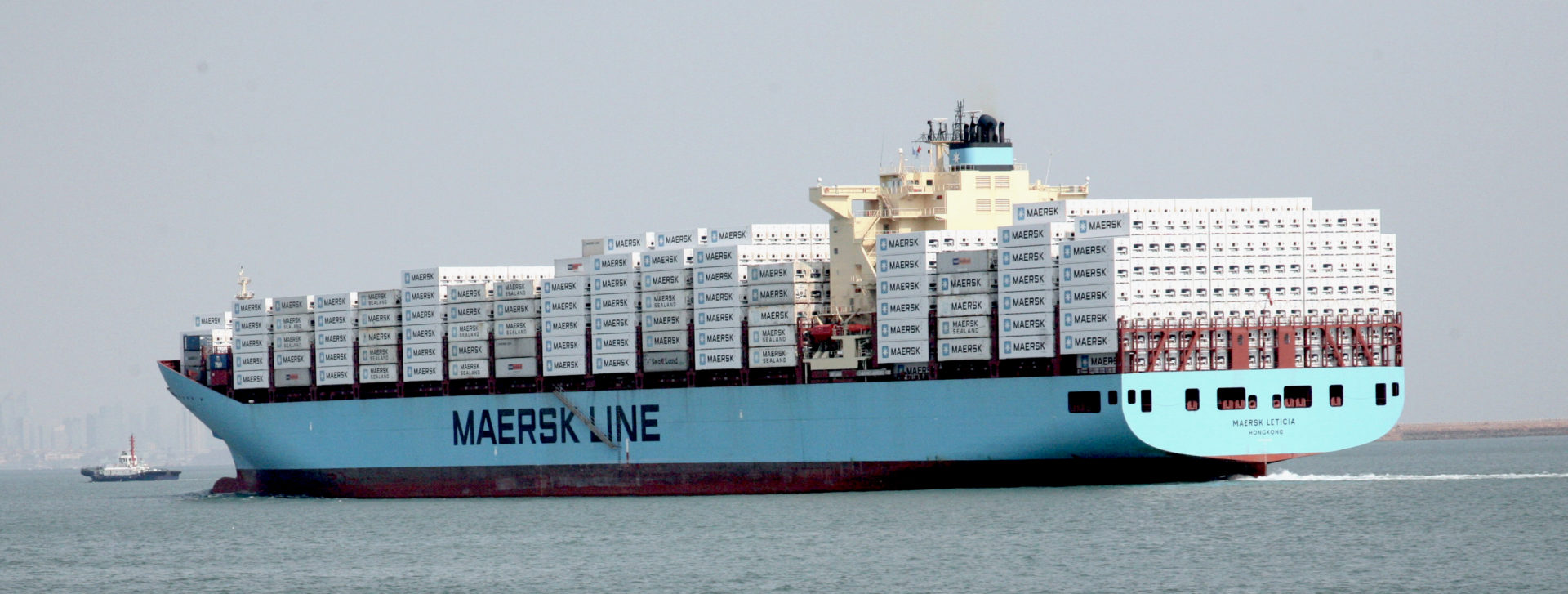Panama Canal Update – Watershed
While we’ve made mention of its status in some articles, we haven’t done a full update on the Panama Canal situation since a February post. That post was a much needed moment of good news for shippers, who were seeing major disruption at both of international shipping’s most important canals.
The good news in February was more rainfall than expected allowed loosening of restrictions on the number of ships that could cross the Panama Canal. Things were not back to normal, but there was significant improvement, and carriers were beginning to bring services back to traversing the canal.

Did good fortune at the Panama Canal continue in March? Indeed, it did….
Continued Increase in Daily Ship Transits
In a March 8th advisory, the Panama Canal Authority announced an increase in the number of daily slots in the Panamax Locks, citing the “present and projected level of Gatun Lake” as the basis for the decision. The lake’s low levels because of drought is what caused the Panama Canal Authority to restrict the number of ships that could transit the canal in the first place. Ultimately, rainfall would have to be the solution.
Keith Wallis, in a Journal of Commerce (JOC) article on Friday, cited “heavy rain in the canal watershed” as the cause of the improvement of actual and projected water levels for Gatun Lake. And that made a bad pun percolate in my brain. Since the pun was so bad and in no way funny, I decided to make it absolutely repugnant by doubling down and writing, water shed from the sky caused a watershed in the watershed. If I was any kind of good editor, I’d delete that now rather than make my reader suffer. However, since we’ve gotten a turning point at the Panama Canal that reduces shippers’ suffering, I’ll add more suffering here in the name of balance. Or maybe in the name of global warming <ahem> climate change. That’s always a good excuse for bad decisions that cause suffering.
Back to the Panama Canal….
By March 25th, the number of ships allowed through the Panama Canal per day was up to 27. That’s still down from the 36 to 38 average number of ships that traverse the canal per day under normal circumstances. However, we’ve continued to go in a positive direction for the number of ships allowed through the canal, and services from carriers continue to return….
More Resumed Services by Carriers
Wallis’s JOC article was actually about Maersk resuming transits through the Panama Canal in May for its Ocean-Americas (OC1) service. Wallis writes:
Maersk said it had been “closely monitoring” the introduction of additional transit slots by the ACP in recent weeks before deciding to shift back to using the canal on its OC1 service. The first northbound canal transit will be by the Maersk Inverness about May 17, while the initial southbound transit will be made by the Spirit of Auckland around May 20.
See how nicely he writes? Not a sign of a pun anywhere as Wallis continues:

The OC1 service “will return to its pre-existing rotation that was in place prior to the current two-loop setup established with the Panama Rail connection,” Maersk said. The use of the rail link “will be phased out by the end of May,” the carrier added.
…
Maersk confirmed the new rotation of the single-loop OC1 service via the canal would include calls at Philadelphia, Charleston, Balboa, Melbourne, Port Chalmers (New Zealand), Tauranga, Manzanillo, Cristobal and Cartagena.
Carriers have already been bringing back services that transit the Panama Canal. In the February post mentioned above, I included reporting from Wallis about the THE Alliance and Ocean Network Express (ONE) restoring transits through the canal. Wallis adds more such transit return info as he continues the article I already quoted above:
Maersk has been using the canal for its other services, a carrier spokesperson said.
Hapag-Lloyd and Ocean Network Express confirmed transits through the Panama Canal have been fully restored on their three Asia-US East Coast trans-Pacific services operated under THE Alliance network. That follows a partial shift back to canal transits at the beginning of this year after vessels were diverted via the Cape of Good Hope when drought-related vessel restrictions were at their toughest.
Conclusion
The Panama Canal situation continues to improve. Services continue to return. Not all news, even international shipping news, in the world is bad.





